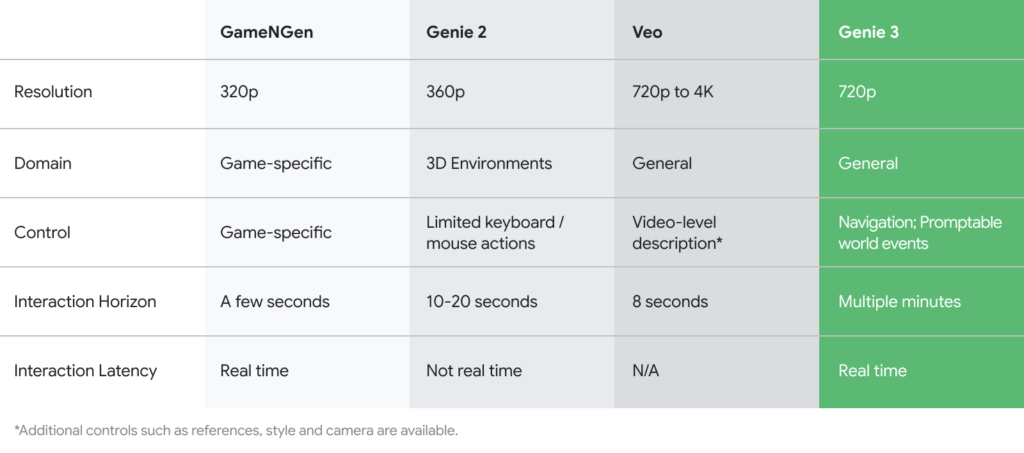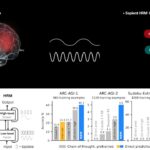In a major leap for artificial intelligence, Google DeepMind has launched Genie 3, an advanced AI model capable of building immersive, interactive 3D worlds based on simple user prompts. Whether it’s a sentence or an image, Genie 3 can turn it into a playable virtual environment, in real time.
Real-Time World Generation with Visual Memory
Unlike earlier versions, Genie 3 can generate 3D environments at 720p resolution and 24 frames per second—sharp and fluid enough to feel realistic. What sets it apart is its ability to remember changes within the world. For example, if a user paints a wall or places an object, those changes remain even after navigating away and returning later. This consistency marks a major improvement over past models, which often failed to retain visual coherence.
Prompt-Based Control of Virtual Worlds
Users can interact with Genie 3’s worlds by simply typing prompts. Want to make it rain, add a character, or change the time of day? The AI adapts the scene in real time. This level of responsiveness makes Genie 3 more than a demo—it’s a creative tool with huge potential in fields like game development, robotics, and AI training.
Although the system currently has limited support for text and longer-lasting environments, it’s already offering researchers and creators a powerful sandbox to experiment with.
Limited Access During Research Phase
For now, Genie 3 is available only to select academic and creative professionals as part of a private research preview. Google is testing the tool in controlled settings to monitor safety, stability, and potential misuse before a broader release.
This cautious rollout is standard practice for cutting-edge AI tools, especially those with generative and interactive capabilities. DeepMind appears focused on ensuring the technology is safe and reliable before allowing public access.

Applications Beyond Gaming
While it might sound like a game engine, Genie 3 has wider applications. Researchers see it as a tool for training robotic agents, testing autonomous systems, or simulating real-world environments without needing physical prototypes. This makes it especially useful for reinforcement learning, where agents must adapt to changing surroundings and remember past events.
Genie 3 could also help developers create new types of smart environments or use it in research on multi-agent systems, where multiple AIs interact in the same space with real-time consequences.
A Step Toward General AI
Experts view Genie 3 as part of a broader trend toward general-purpose world models—AI systems that can simulate and understand complex environments much like humans do. These models could become foundational for future AI systems that need to reason, explore, and act with context and memory.
By creating visually consistent and prompt-responsive 3D environments, Genie 3 demonstrates the progress being made toward more intelligent and adaptive AI systems.
Future Potential, Present Limitations
Although it’s still early days, the promise of Genie 3 is hard to ignore. It’s not yet capable of generating open-ended narratives or solving complex puzzles, but the groundwork is clearly in place. As the technology matures and access expands, it could reshape how AI is used in simulation, training, entertainment, and beyond.
With Genie 3, DeepMind has not only advanced the state of AI-generated environments but also brought us one step closer to AI systems that truly understand and interact with the world around them.









